Welcome to issue 6 of the Call to Comms!
Tomorrow, March 8, 2023, marks International Women’s Day. It is an opportunity to raise awareness of discrimination against women, celebrate their achievements and take action to achieve equality. This month at Call to Comms, we'll do our best to highlight women in technology and humanitarian issues.
Today, we’re bringing you along to Madagascar, where one of the centres we founded back in 2012 is organising an event introducing women to digital maps. The centre aims to bridge the digital divide in the rural region of Itasy. But on a larger scale, what can be done?
Finally, listen to our partner of 23 years, Inmarsat, discuss how satellite communications can help address the climatic, social and economic challenges we face around the world.
💬 In this week's issue:
- Empowering women through technology
- Digital Divide: what can be done about it?
- 23 years of support: interviewing Inmarsat (video)
Empowering women through technology
This week, the IT Cup Centre, a centre TSF founded in Madagascar to help bridge the digital divide, is organising an event, Girls In Map. In honour of International Women’s Day, the event aims to introduce women to mapping technologies like OpenStreetMap. Why is it relevant to women's rights?
OpenStreetMap provides mapping data to thousands of websites and apps thanks to a community of volunteers. Basically, it’s the Wikipedia of maps. Humanitarians also use it to map disaster zones.
However, according to the UN, women are still under-represented in the digital and mapping sectors – this is one of the reasons Irinah Arson, project manager in the IT Cup Centre, organised the event. For women in rural areas, it is also an opportunity to have better access to technology in general, and to improve their skills and profile for future employment opportunities.
“This event will allow women to learn about digital technology.”
Irinah Arson - Project Manager and Organiser of Girls In Map
The lack of women representation in mapping communities has an impact on the maps created: women tend to map certain services like hospitals, domestic violence shelters, or even toilets, whilst men don’t. Women rights’ experts link this to the fact that they often have to care for children, the sick, or the elderly, so they tend to focus on access to services, as well as on the safety of public transportation.
Other digital maps focus on humanitarian issues that disproportionately affect women, to give tools to fight against those issues and to raise awareness about them.
🗞 Latest news from TSF, our partners and the humanitarian web
- Providing connectivity with a cause. Read the interview of TSF's ICT Specialist Marta Moreton about her experience as an engineer in humanitarian crises and about being a woman in tech.
- Connecting earthquake survivors with nearby host families. TakeShelter is a recently created online humanitarian platform to help earthquake survivors find shelter near them in Turkey.
- TSF is back from Singapore. Our team is back from providing emergency telecommunications training to staff from National Disaster Management Offices and the AHA Centre. We believe regional collaboration is essential in humanitarian response.
- The 67th UN Commission for the Status of Women opened on the impact of gender in digital divide. Last year, 259 million more men than women were online. What is the CSW and what has it done so far to adress gender inequality?
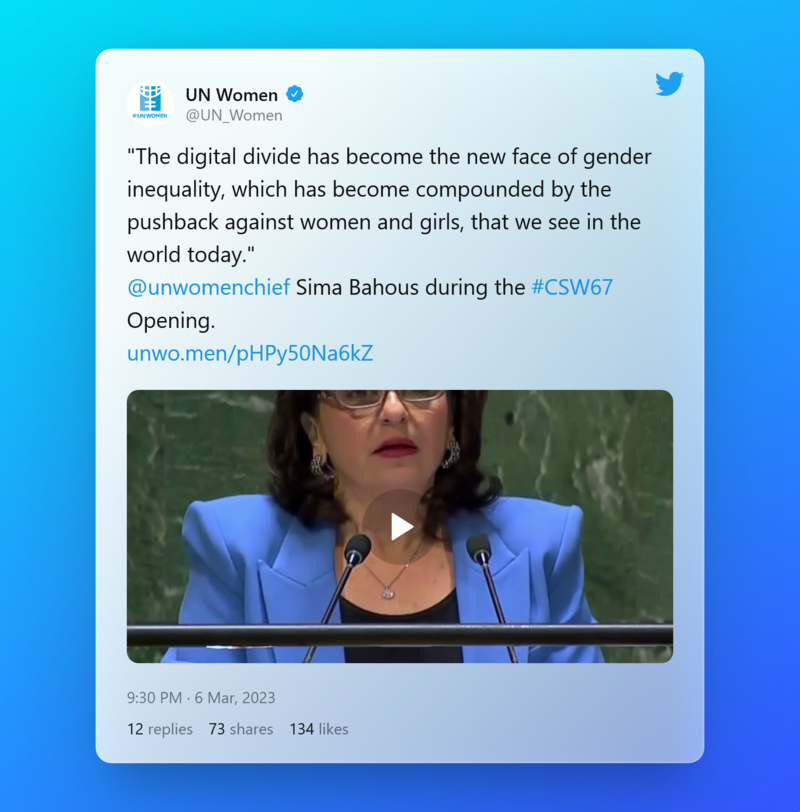
Digital Divide: what can be done about it?
Connect Humanity, a fund that offers financial support to digital equity initiatives, recently carried out a survey amongst more than 7500 NGOs and foundations from 136 countries. Collectively, they serve over 190 million people.
What they discovered was eye-opening. It turns out that it’s not just the people that we serve that suffer from digital inequality, but also the NGOs and nonprofits. Indeed, more than 3 in 4 of their respondents indicated that a “lack of internet access, tools or skills limits their ability to serve their communities effectively’’. Clearly, something has to change.
“91% percent of respondents to the survey believe that internet access is a basic right.”
The article’s author, Chris Worman (co-founder of Connect Humanity) identified 3 elements needed to accelerate the process:
- All civil society organisations must see digital equity as part of their mission. 95% of organisations (who took part in the survey) perceive the Internet as critical to their work.
- Philanthropy must get off the bench. Between 2010 and 2019, 0.05% of funding from large US foundations went to closing the digital divide. It’s clear that philanthropic funders must do more.
- A requirement to move past market-based solutions. Almost everyone agrees that Internet access is a basic right. But economics hold back profit-driven companies to help those in ‘rural, remove and low-income communities’. Worman’s answer is to look for financing and operating models that can deliver.
23 years of support: interviewing Inmarsat
In July 2023, the partnership between Télécoms Sans Frontières and Inmarsat will be 23 years old. Over the years and the approximately 150 missions across the globe, TSF has almost always deployed with a piece of Inmarsat equipment.
In this interview with Alison Horrocks, the Chief Corporate Affairs Officer at Inmarsat, we cover:
- How Alison and Inmarsat view their partnership with TSF;
- The origin story of the partnership between Inmarsat and TSF;
- The use of Inmarsat technologies in natural disaster response;
- And what Inmarsat's vision is for how satellite communications will help address the climatic, social and economic challenges we face around the world.
See you next week!


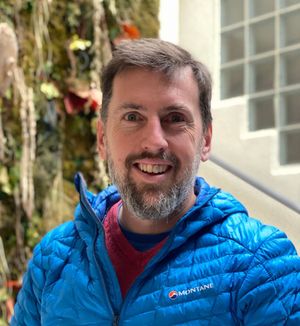


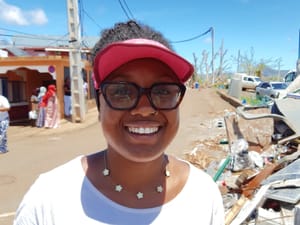
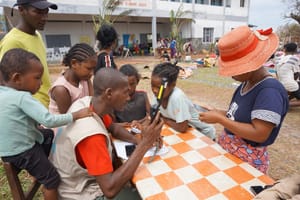

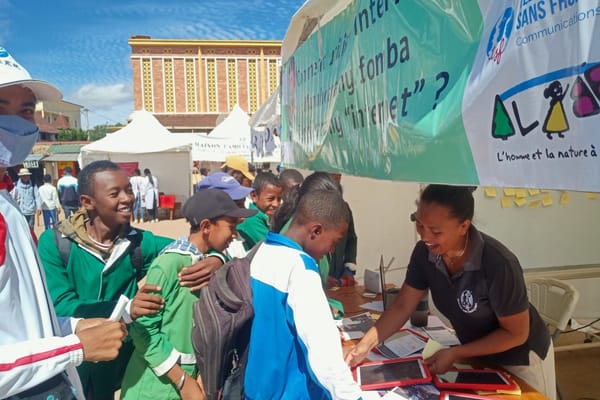
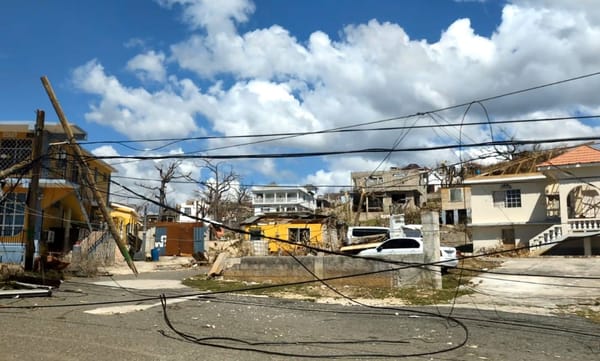

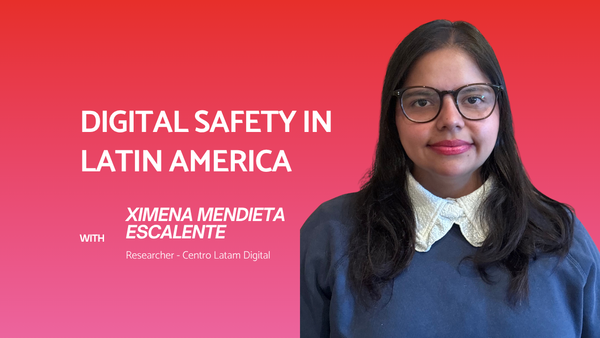
Member discussion